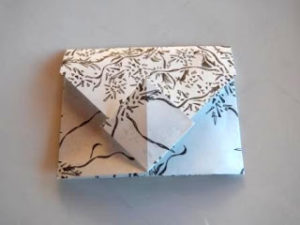The Tree Circus
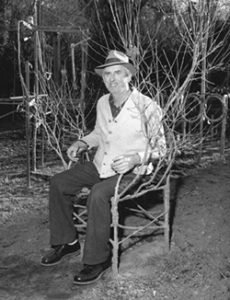
Axel N. Erlandson (1884-1964)
“Living Tree Artist!”
Axel Erlandson was the third son of Swedish immigrants. In the early 1900’s his family moved from Minnesota to a farm in central California. He married his wife, Leona, in 1914 and they had one daughter, Wilma. Erlandson was a bean and alfalfa farmer who started grafting and shaping tree trunks. Bending four sycamores on a six-foot square plot into a cupola, he named it the Four-Legged Giant and encouraged by this initial success, he went on to create more complex designs, working from drawings. These trees represent one of the most visible demonstrations of the love of nature by man.
Erlandson wove his wonders with threads of living wood. Straight tree trunks became complex and compound designs in shapes like hearts, lightning bolts, basket weaves and rings. Erlandson claimed to be divinely inspired and spent over 40 years of his life shaping and grafting the bodies and arms of these full-sized trees. He could control the rate of growth, slowing it down or speeding it up to blend his designs to perfection.
He experimented with box elders, birch, ash, elms and weeping willows, using young and flexible branches bent into loops, hearts, chairs, spiral staircases, zigzags, rings, birdcages, towers, picture frames and ladders, held in place with a framework for several years until they were capable of self-supporting. The process included grafting and pleaching, as well as other specialist techniques he called “trade secrets.” Erlandson would not tell anyone his secrets of arbor sculpture. If someone asked he would just say that “he talked to the trees.”
As Erlandson’s interest grew from hobby to passion, so did the number of ever more complex experiments he undertook. His arbor sculpture involved wire, tape, steel and guides, and his trees took years to assume their final shapes. In later life, he regretted never having taken on an apprentice. As he grew older and frailer, he was unable to attend and care for his trees.
No other figure today or in known history went so far in demonstrating the potential that trees have to offer. With only a fourth grade education and a strong will to teach himself, Axel Erlandson’s work “set the bar” for all aspiring arbor sculptors. Axel taught himself all he needed to know about auto repair, carpentry and mathematics. He also loved to ride his motorcycle, keeping detailed records of the miles he covered. Erlandson’s lack of formal education may have been a blessing. He was free to experiment without preconceptions allowing the trees themselves to act as his teachers.
Erlandson crafted about 28 sculptured trees at his farm near Turlock, California. By the mid-1940’s, Erlandson was ready to retire from farming and concentrate his efforts on his trees. In 1946, after a vacation with his wife and daughter in Santa Cruz, he purchased a ¾ acre parcel in nearby Scotts Valley, California and transplanted about a dozen of his living trees, some were over 20 years old.
In 1947, the Tree Circus opened for business with a 25-cent admission fee. The park opened with a sign, “See World’s Strangest Trees Here.” He planted a Sequoia gigantea sapling next to it. That sapling today has a circumference of over 20 feet (6.10 m.). On his daughter’s suggestion, the sign was changed to the Tree Circus. The Tree Circus appeared often in Ripley’s “Believe It or Not!” during the late 1940’s and 1950’s. It also appeared in Life Magazine and other national and international publications. Erlandson devoted his life to the trees, and delighted in showing them to passing motorists who stopped by.
In the early 1960’s, Erlandson tried unsuccessfully to have the state parks take over the management of his enterprise. In 1963, due to poor health, he sold the property along with the trees. At that time, about 74 of his arboreal sculptures remained. During the next twenty years the trees suffered from neglect. In 1977 Robert Hogan purchased the property for commercial development and the trees were scheduled to be bulldozed. Through the efforts of Mark Primack many of the trees were saved. Primack was quoted as saying “I know of no other single person who has taken ornamental grafting to such an extreme, it is not just an oddity. It demonstrates an intriguing option for improving our environment by creating an absolutely unique space of living sculpture. ”
His campaign to save the trees caught the attention of Michael Bonfante, a nurseryman, tree lover and owner of Nob Hill Foods. In 1984, he purchased the collection of 25 circus trees. The Bonfante Gardens Theme Park opened in 2001 with the living sculpted trees as one of the attractions. The legacy of Axel Erlandson lives on at the Bonfante Gardens Theme Park.
He died at the age of 79. Considering his tremendous success with his trees he humbly pointed out that he was unable to “carry it to near its ultimate possible attainment.” Clearly he thought that the potential went well beyond what he accomplished, Axel Erlandson’s Circus Trees will continue to awe children as well as adults who can appreciate the time and talent involved in creating this tribute to nature.

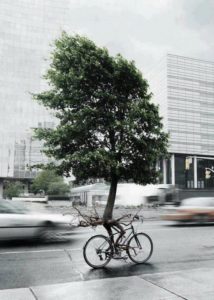



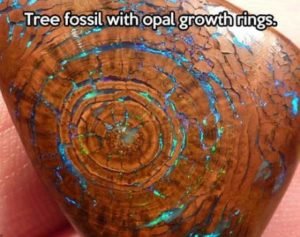

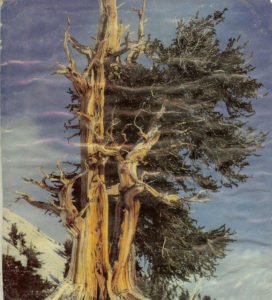

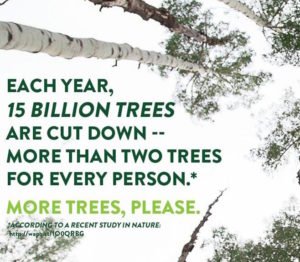
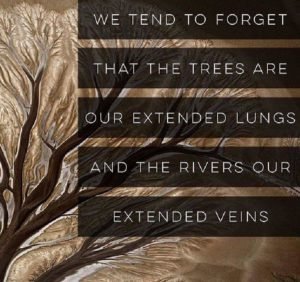
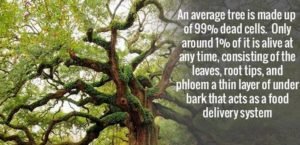


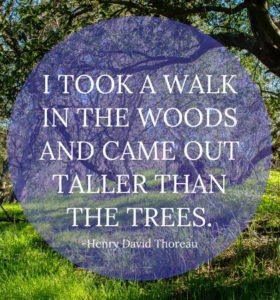


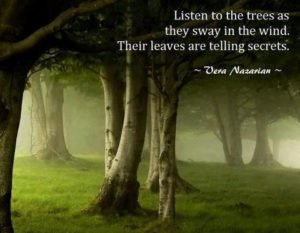
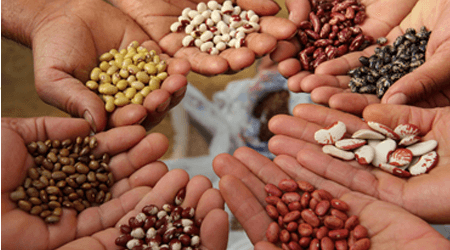



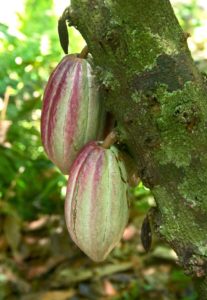

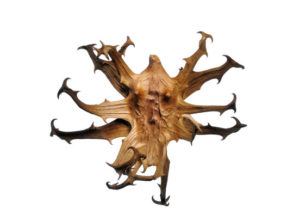
 Argentina Screw Bean
Argentina Screw Bean
 Sacred Lotus
Sacred Lotus
 Australian Pine
Australian Pine


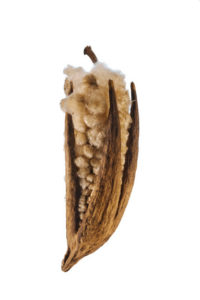
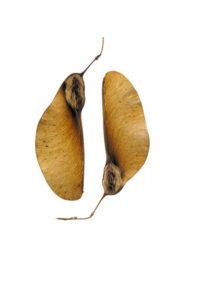 woody Pear
woody Pear 





